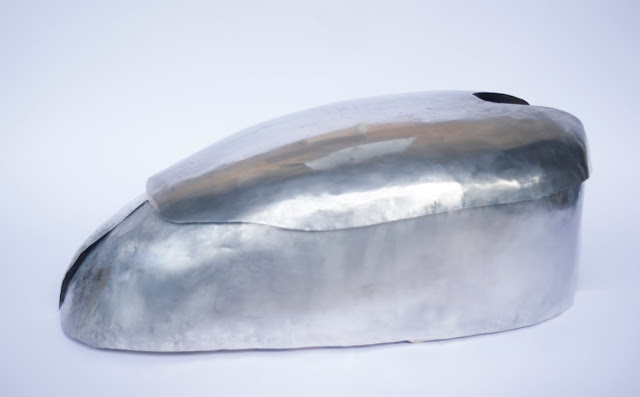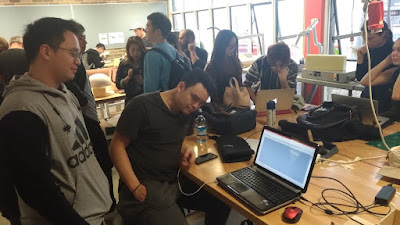Reflection

As an industrial design student, my discipline often requires me to mock up models of things to present to a client to accompany a concept. These mock- ups are usually done in card, or foam or anything else that is easy to manipulate into shape quickly. As such, using metal is not often a medium for the models that we make. With the technological advancements that we have made in the past couple of years as well, this discipline often turns to rapid prototyping through laser cutting and 3D printing. Metal forming is often a lost skill. As a jewellery student, however, I have worked with shaping and bending metal before, albeit on a much smaller scale. For example, these are a series of rings I was making a few weeks ago. Because the tray took me six damn attempts to make, and I've kept 4 copies of it, in this reflection, I'll take a look at the challenges, difficulties and issues with this part of the assignment 1 and how the skills I've gathered throughout the semes



